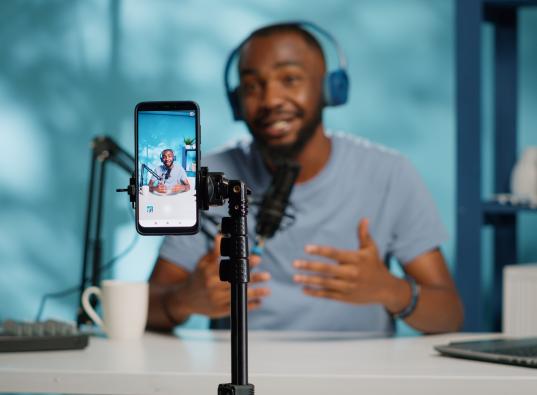People love to have a good chat – whether on the phone, over social media or over a coffee. And once they are interested in the conversation, they might never stop. This is the response that you want your consumers to have with your business.
Consumers want to feel as if they are being spoken to, rather than at, especially when reading blog posts or promotional copy from a business. Put simply, conversational copy is copy that feels like a conversation between real people. It is an effective tool that many marketing companies could utilise in their content marketing strategy.
So, what is conversational copy?
As explained above, conversational copy reads like a conversation between real people, but there is more to it than that. It is not simply a “transcript” of a conversation (as many of us tend to ramble when chatting), but it has the same rhythm and sense of intimacy as a conversation.
Talking to your audience, rather than selling at them breaks down barriers that they may have had regarding your client’s products and services. It will encourage them to listen to your message and act on any suggestions your copy might have, like buying something from your client.
It is important to remember that conversational copy does not mean that you use slang or colloquialisms in your writing. It might seem like the opposite of good advice to avoid slang if you are aiming for a “conversational” article or blog post, but it will only be detrimental to your work. Using slang or colloquialisms will lower the impact, accessibility and relevance of your writing. This means that consumers will likely skim read it (at best) or click away to another article (at worst).
Conversational copy does allow you to break some grammatical rules (time to stick it to your picky English teachers!), but the sentences still need to make sense. Using contractions such as “you’re” and “we’re” are great ways to make your copy more conversational and more relatable to readers, but be sure that it does not make the piece sound immature or unprofessional.
Why do you need it?
You might be thinking that while conversational copy is great, as a marketing agency, your clients don’t really need it. You would be wrong. Conversational copy encourages consumer interaction with your copy and with your client’s brand and is perfect for an online audience.
It builds immediate rapport with the audience
A conversational style makes it easier for readers to connect and relate to you as a person. This makes it likely that they will reach the end of the page of your copy, which is where the all-important CTA (call to action) is.
Building this rapport will also build customer interest in the brand’s products or services, especially if the copy you produce is geared towards people and not simply written for search engines. Audience rapport is vital to any successful content marketing strategy. It helps to build brand trust and interest in the products or services offered by your client. Relatability to a brand is an important part of the consumer buying process.
It seems more credible
When you write conversationally, you are writing in your own voice, which makes the copy seem more natural and less strained. This can help to improve your credibility in the eyes of the audience, which makes your client seem knowledgeable but also understandable to the everyday person.
Credibility is important to marketing companies because it helps to build trust among consumers. This is why conversational copy is such a great tool to have in your copywriting arsenal. You will be able to sound credible, believable and relatable without using difficult words that will only confuse your audience. This does not mean that you have to “dumb down” your content, rather use simple language and terms that are easy to understand.
People buy from people
According to David Ogilvy, “If you’re trying to persuade people to do something, or buy something, it seems to me you should use their language, the language they use every day.” This is because of the simple fact that people buy from people.
You might think that writing conversationally or too simply is patronising to consumers, but in reality, it shows them that the brand is “speaking” to them on their own level. This makes it more likely that they will show interest in the brand’s products and services. When you write in a conversational style, you are transparent, and you are able to build relationships with consumers easily.
Talk the talk
Conversational copywriting is not a new trend, but it is one that is often overlooked by content creators. It can also be incorrectly written, sounding like something that an ill-informed teenager has written. Be sure not to use slang in your copy, as it can limit the relevance and effectiveness of your copy. But do not shy away from using punchy phrases and shorter paragraphs and sentences.
Marketing companies should invest in conversational copy as it is an effective tool in building audience engagement, and it is accessible to people of any generation. So, the next time you sit down to write, remember to have a conversation.
Need Assistance with Digital Strategy?
Rogerwilco’s team of strategists, business analysts and data scientists is here to help.





